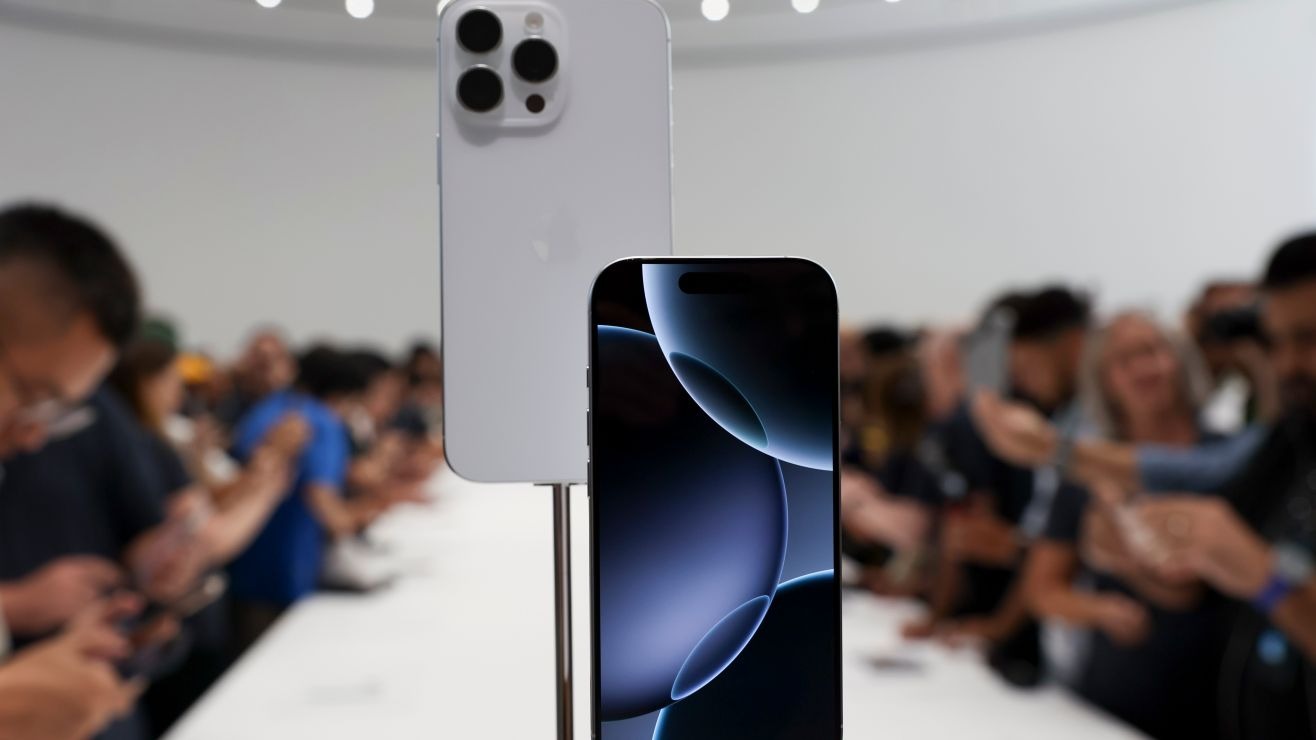After confirming that the second patient received the Neuralink brain implant, the details of the subject's evolution became known, Elon Musk began to experience significant improvements in his quality of life thanks to this technology, which has many challenges.
The patient, publicly identified as Alex, was the second participant in the PRIME study. The study sought to demonstrate the safety and usefulness of the implant in the daily life of people with quadriplegia.
Before a spinal cord injury left him paralyzed, Alex worked as an automotive technician repairing and modifying large machinery and vehicles. This technical background was reflected in his rehabilitation process, where curiosity and the ability to create things played an important role.
According to Neuraling, the implant surgery went off without a hitch, allowing Alex to be discharged the next day. Since then, his recovery has been steady, allowing him to rapidly adapt to the abilities provided by the brain implant.
:quality(85)/cloudfront-us-east-1.images.arcpublishing.com/infobae/TCD7S2K4P4TYKVC7AFAJJI5N7M.jpg 992w)
The first breakthrough Alex experienced occurred five minutes after connecting his implant to the computer. In that short time, he controlled a cursor with his mind. This ability was tested using a task in Webgrid, an environment designed to measure the speed and accuracy of brain-computer interfaces (BCI).
A highlight of Alex's rehabilitation process was his interest in using the implant for both creative and technical purposes. Before his injury, he enjoyed building and repairing vehicles and machinery. With Chip's help, he's translated that passion into a new field: computer-aided design (CAD).
Two days after surgery, Alex began using Fusion 360 software to design objects in 3D for the first time.. Their first project was to create a support for an implantable charger, which was then 3D printed and integrated into its environment.
“Taking an idea, putting it into a design, and actually having a physical object as a finished product, I feel like I'm making things again,” Patient said.
:quality(85)/cloudfront-us-east-1.images.arcpublishing.com/infobae/O5WTOYLWPBHURGBXY3XS44LYPM.png 992w)
Neuralink works closely with Alex to enhance his productivity through the implant, mapping intentional movements to different types of mouse clicks (such as left, right, and middle clicks). It allows you to quickly switch between different modes in CAD software, simplifying tasks such as zooming, panning and dragging.
Thanks to the implant, he was also able to return to video games, specifically Counter-Strike 2, a popular first-person shooter. Before getting the implant, Alex played using an assistive device called a QuadStick, a mouth-operated joystick that uses pressure sensors. However, this technology had limitations such as the inability to move and aim at the same time which hampered your gaming experience.
With the integration of the chip, Alex has overcome these limitations. You can now use the quadstick to move and aim simultaneously with the implantProvides a more fluid and intuitive gaming experience.
“Running is a lot more fun because I can look from side to side, and I don't have to move the quadstick from side to side. I can think about where the quadstick should look,” he said.
:quality(85)/cloudfront-us-east-1.images.arcpublishing.com/infobae/TVOBD3NWMJBZRBBJCR6UWO4RFE.png 420w)
What happened to the first patient temporarily affected the performance of the device, experiencing withdrawal of the device's filaments. Neuralink implemented preventative measures such as reducing brain movement during surgery and adjusting the space between the implant and the surface of the brain.
These precautions have paid off, as no threads have been returned in Alex so far, maintaining device stability and performance.
Neuralink has big plans to continue to improve the quality of life of its participants. The company is working on expanding the implant's capabilities, including decoding multiple clicks and simultaneous movements that can provide full mouse and video game controller functionality.
Additionally, algorithms are being developed to recognize handwriting intent, allowing for faster text input. These developments seek to restore digital autonomy to those who cannot use their limbs and return communication skills to those with severe neurological conditions.

:quality(85)/cloudfront-us-east-1.images.arcpublishing.com/infobae/KICI6NJL6RFLXIRCONVYAKSJFY.png)



:quality(85)/cloudfront-us-east-1.images.arcpublishing.com/infobae/KTKFKR763RBZ5BDQZJ36S5QUHM.jpg)